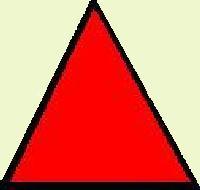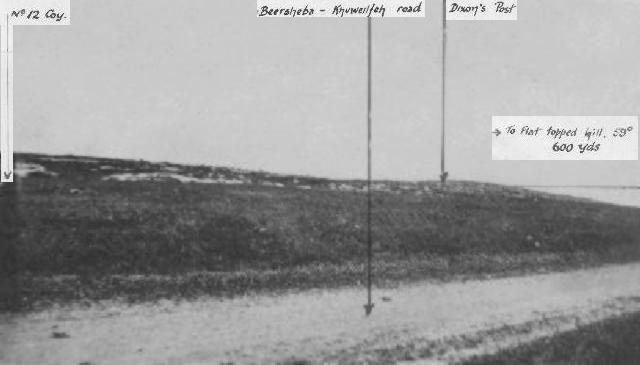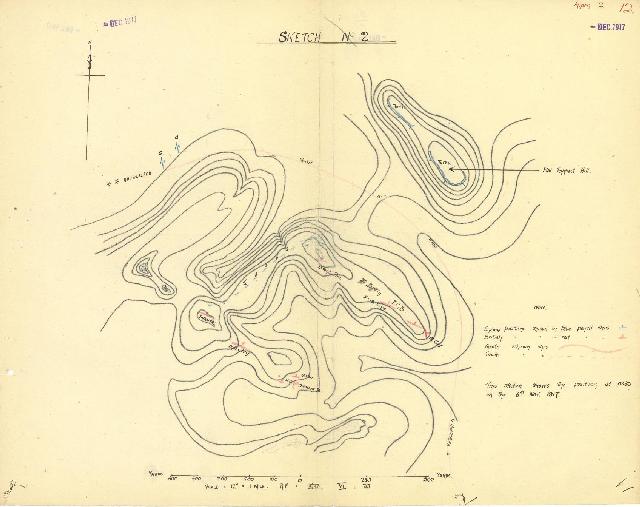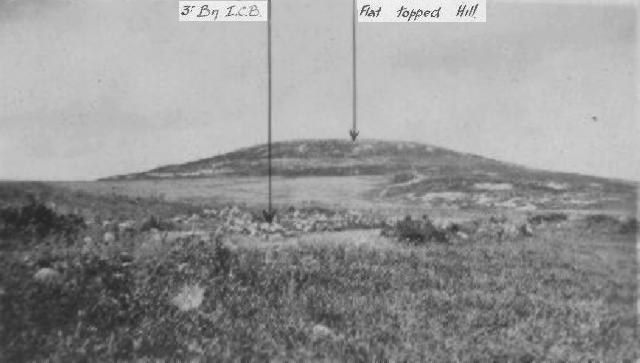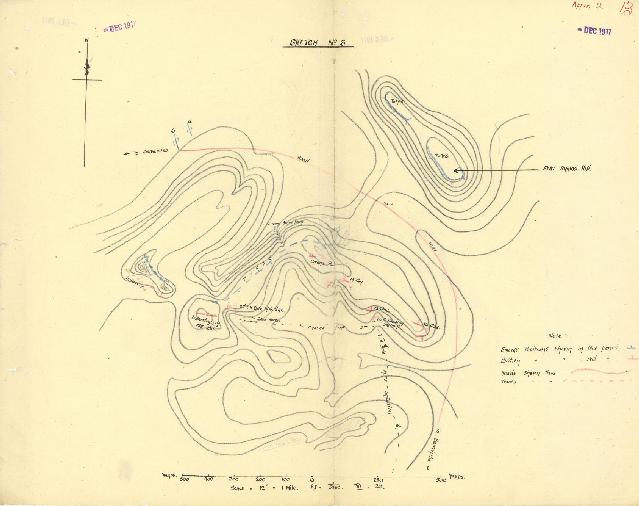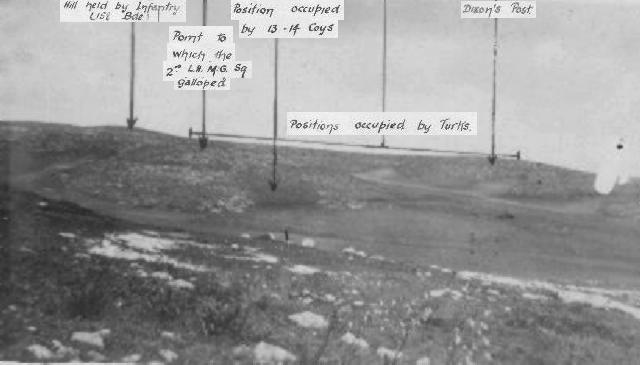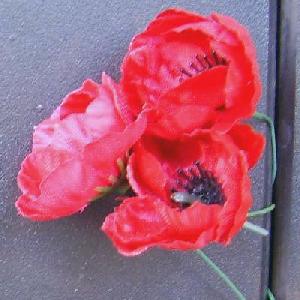The Roll of Honour contains the names of all the men known to have served at one time with the Imperial Camel Corps and gave their lives in service of Australia, whether as part of the Imperial Camel Corps or another unit.
Roy Bunbury ARMSTRONG, Died of Disease, 30 October 1918.
Charles BASKETT, Died of Disease, 13 October 1918.
Ernest BIRD, Died of Wounds, 8 April 1918.
Arthur Edward BROWN, Killed in Action, 11 April 1918.
William John BROWN, Killed in Action, 30 March 1918.
Cecil Robson BROWNING, Killed in Action, 11 April 1918.
Percy BUTCHER, Killed in Action, 23 December 1916.
Richard Leslie Oliver BUTTERS, Died of Disease, 22 November 1918.
John CAMPBELL, Died of Wounds, 5 June 1918.
Walter Walterous CLEMENTS, Died of Disease, 20 October 1918.
Rees CLIFFORD, Killed in Action, 30 March 1918.
Sidney Albert COLE, Died of Disease, 12 November 1918.
William Joseph COLEMAN, Killed in Action, 7 November 1917.
Gerald Arthur COLLETT, Killed in Action, 5 June 1917 .
David COLQUHOUN, Killed in Action, 8 November 1917.
Guy Sydney CONNOR, Killed in Action, 19 April 1917.
Herbert Stephen CONNOR, Died of Disease, 10 July 1918.
Sidney Martin CONNOR, Died of Disease, 9 October 1918.
James COOPER, Died of Disease, 7 November 1918.
John Allan COOPER, Died of Disease, 22 October 1918.
Ernest James CRAGGS, Killed in Action, 31 October 1917.
William George DALZIEL, Died of Disease, 14 December 1918.
Cecil Montague DASKEY, Killed in Action, 19 April 1917.
Bertie Leon DORNAN, Died of Disease, 29 October 1918.
David Henry EDDY, Died of Disease, 12 October 1918.
Thomas Stanley Pryse EXELL, Died of Wounds, 30 November 1917.
Harold Hamilton FARLOW, Killed in Action, 1 June 1918.
Walter Leslie FEEBREY, Killed in Action, 11 April 1918.
Henry Peter FLEGLER, Died of Wounds, 12 April 1918.
Malvern Plymton FOLLAND, Killed in Action, 11 April 1918.
Edward Charles FRASER, Killed in Action, 25 September 1918.
Richard Clarence GREEN, Died of Disease, 25 October 1918.
Walter Bede GREENHALGH, Killed in Action, 31 October 1917.
Ellis Charles Thomas GROVE, Died of Disease, 23 June 1918.
Charles Wolseley HAIG, Died of Disease, 6 November 1918.
Digby Hamilton HAY, Died of Disease, 4 February 1919.
Arthur Ernest HOPE, Killed in Action, 7 November 1917.
Norman Farquhar Bruce HUON, Killed in Action, 23 December 1916.
Henry JOHNSON, Died of Wounds, 4 December 1917.
John William JONES, Killed in Action, 6 August 1916.
William KEENAN, Died of Accident, 14 February 1917.
George Stanley Arthur KING, Killed in Action, 6 November 1917.
Robert KIRKPATRICK, Died of Disease, 20 October 1918.
Wilhelm KONSTEN, Killed in Action, 19 April 1917.
Frederick Thomas LINDBECK, Died of Disease, 23 October 1918.
Robert Clement Ramsay LINDSAY, Died of Disease, 14 October 1918.
John LYONS, Died of Disease, 17 October 1918.
Jack Lawrence MAYSTEERS, Died of Disease, 25 June 1917.
Patrick McNAMARA, Died of Wounds, 10 June 1918.
Harry Endrich MORLEY, Killed in Action, 6 November 1917.
Arthur Burton MUGGLETON, Died of Wounds, 1 December 1917.
David MUIR, Killed in Action, 28 March 1918.
Neil MUNRO, Killed in Action, 19 April 1917.
George Alexander MURDOCH, Died of Disease, 8 April 1919.
Nicholas James OATES, 23 Infantry Battalion attached to Imperial Camel Corps, Killed in Action, 6 August 1916.
William Thomas PAPWORTH, Died of Disease, 5 December 1918.
Joseph Anthony PAUL, Killed in Action, 9 January 1917.
Arthur Robert Thomas PEACE, Died of Wounds, 6 December 1917.
Roy Noel PEISLEY, Killed in Action, 6 November 1917.
Harry PUNSHON, Died of Wounds, 25 February 1918.
Robert Culley QUIN, Killed in Action, 11 April 1918.
William John RAYNOR, Killed in Action, 11 April 1918.
James Reginald REID, Killed in Action, 6 November 1917.
George Henry RICHARDS, Killed in Action, 31 October 1917.
Frederick Hastings RICHARDSON, Died of Disease, 9 November 1918.
Harry Arthur ROBINSON, Killed in Action, 29 March 1918.
John Joseph Bede SAMUELS, Died of Disease, 23 November 1917.
Norman Edward Johnston SCHMIDT, Killed in Action, 1 November 1917.
Noel Hunter SHERRIE, Died of Wounds, 8 June 1917.
Victor SPINKS, Died of Wounds, 5 June 1917.
Archibald Allan STOKES, Died of Disease, 20 August 1918.
William Thomas STOREY, Died of Disease, 31 June 1918.
Herbert James TEATHER, Died of Disease, 24 October 1918.
Francis George THOMPSON, Killed in Action, 7 November 1917.
Herbert John VIGORS, Killed in Action, 30 September 1918.
Douglas Kendell WATT, Died of Wounds, 8 October 1918.
George Frederick WEEDON, Died of Disease, 1 November 1918.
Albert Edward WHITTAKER, Killed in Action, 19 April 1917.
Robert John WILKINSON, Died of Disease, 10 June 1916.
Andrew James WOOD, Killed in Action, 6 November 1917.
Harold WRIGHT, Died of Disease, 27 October 1918.
Lest We Forget
